
Dagan W. Beckett’s touching short documentary Songbirds covers the history of the world’s largest museum of vintage electric guitars. Located in Chattanooga, the film starts on the closing day of the museum in the summer of 2020, a victim of the devasting COVID-19. It is a crying shame as the museum, Songbirds, seems like one of the most wonderful places on Earth.
The unmatched collection there featured almost all the models of electric guitars made during the 1950s and 60s, with each guitar worth tens of thousands of dollars or more. The coolest part is that, unlike other museums, visitors could handle and play the instruments for a fee. So it doesn’t matter whether you are a famous visiting musician or a teenager taking lessons. You could reach out and play a half a million dollar piece of history.
The guitar museum also had a performance area, showcasing legendary touring guitarists like Dick Dale and John 5 as well as local area bands. A couple of times during Songbirds, I got a 1990s Austin-vibe, where I lived for a time, during its heyday as a live music center. There is even footage of Austin’s Eric Johnson of Alien Love Child playing a vintage guitar at Songbirds. However, just like Austin has devolved into an unaffordable khaki-colored traffic jam, the museum is closed, and the guitars have left.
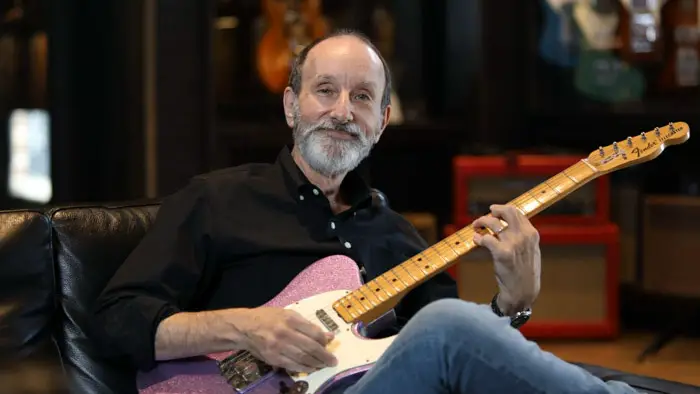
“…covers the history of the world’s largest museum of vintage electric guitars.”
Running close to an hour, the documentary is a noteworthy debut for Beckett, who is already ahead of the game on his first try. The writer/director works his way back from the store closing to its origins in New York City and how Chattanooga had a beautiful historic building that was affordable enough to lease. Even if you are not a guitar nut, you will feel like one in minutes, especially during the great debate between collectors about whether Fender or Gibson put out the best vintage guitars. The footage of the instruments themselves is awe-inspiring. Whether they are hanging behind glass or there’s a close-up of tiny, individual details, Beckett captures the visual beauty of their designs.
Throughout Songbirds, there are moments when Beckett makes some innovative moves usually seen from much more experienced directors. For example, during one live performance, the filmmaker lets the song play for a while before letting you know the performer is John Scheider. This slight delay in putting up the name card allows the viewer to appreciate Scheider’s work as a musician instead of immediately reacting to the notion of Bo Duke singing.
There is also an emotional section where the CEO of Songbirds, Johnny Smith, tearfully tells a story about a teenage girl with terminal cancer who wanted to celebrate her final birthday at the museum. He talks about how Marty Stuart and his Superlatives were at the museum that day and how they gathered around the girl and sang a gospel song. This is very moving, especially when it cuts to actual footage of Stuart and his band singing with the girl. Yes, that footage could have been intercut with Smith telling the story, but Beckett’s instinct to spring it on the viewer afterward has a considerable impact.
The whole presentation of Songbirds is very professional, and Beckett has chosen a more than worthy subject. It never drags and imparts the passions of all the participants and the musicians. It is a tragedy that many will only find out that this beautiful place existed only after it is gone, but that is how history works.
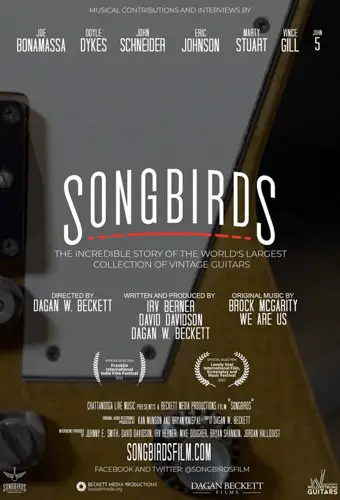
"…imparts the passions of all the participants and the musicians."
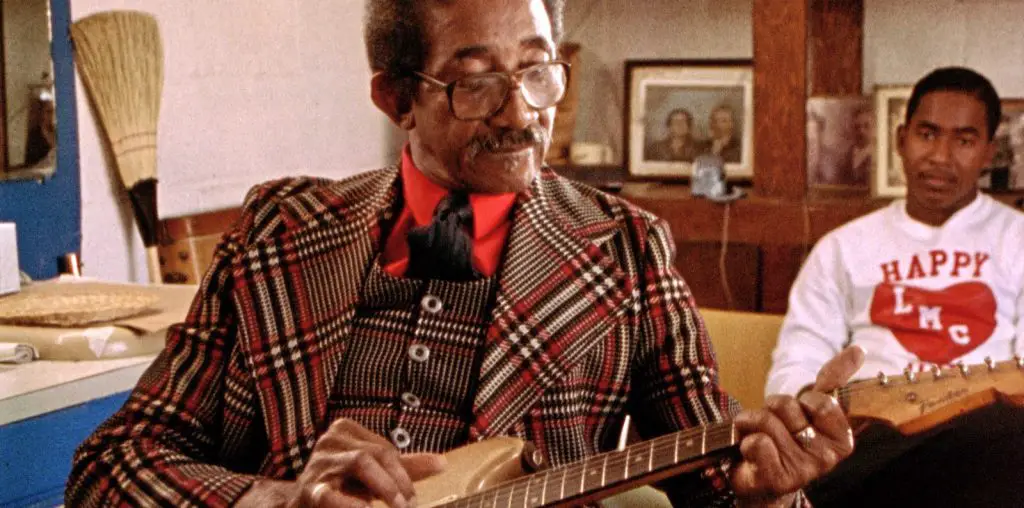
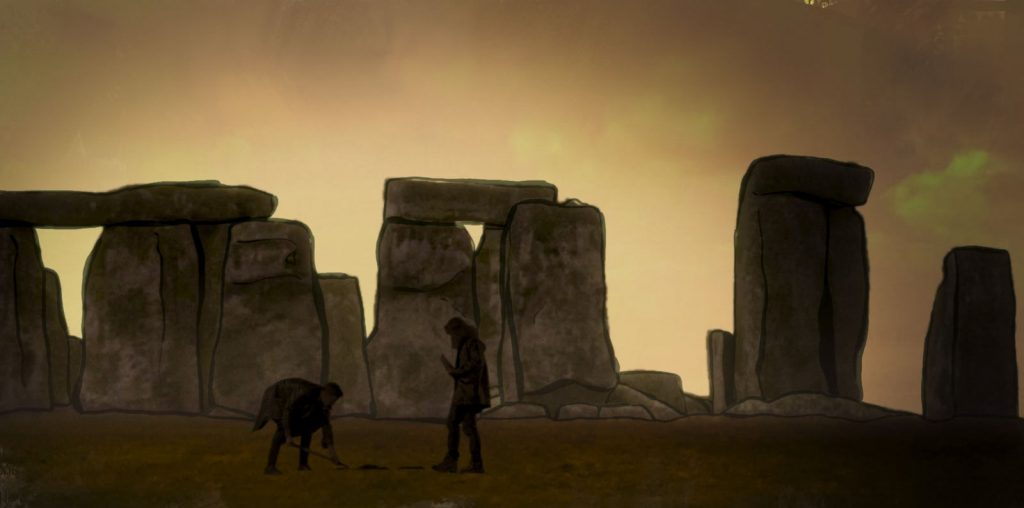
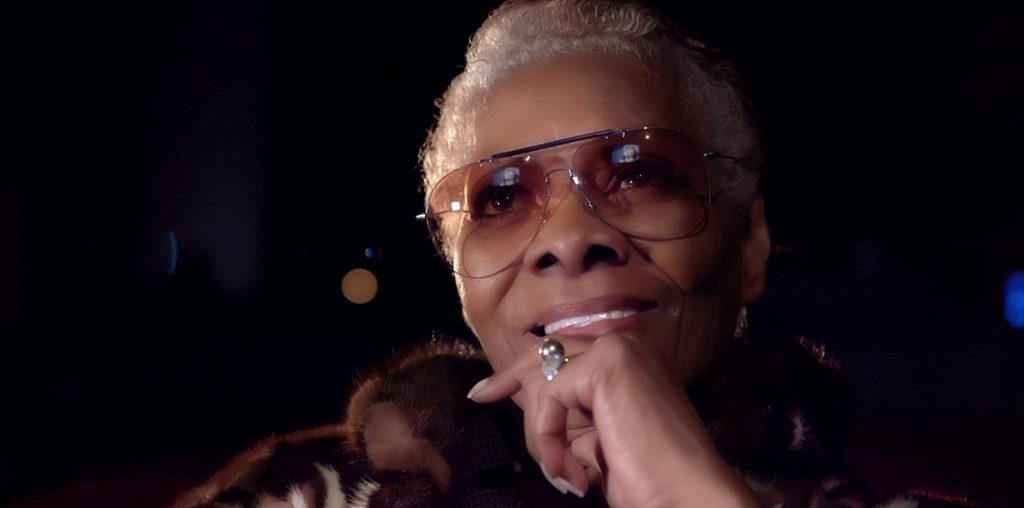
Would like to watch the film. Is it out at all? Distributed yet?